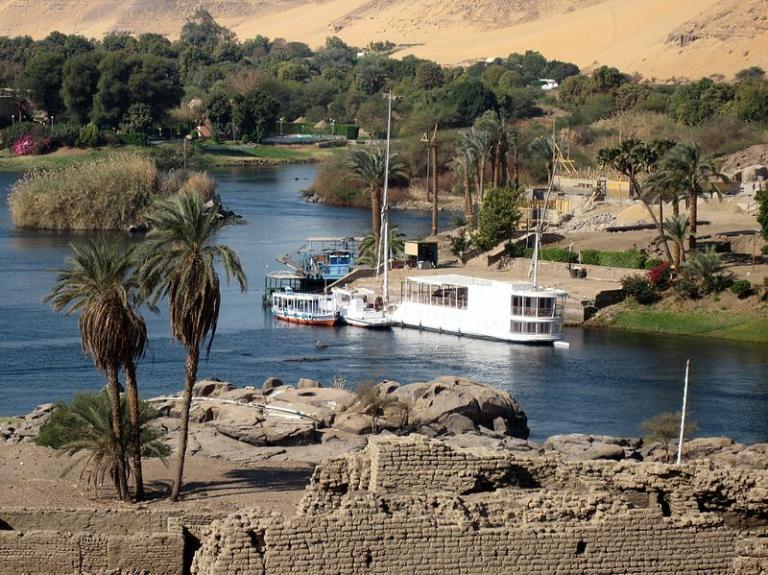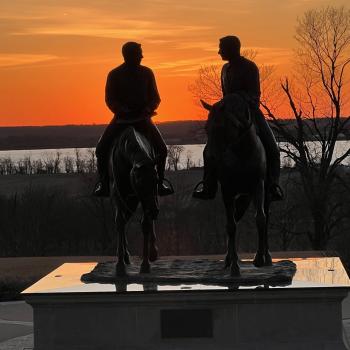
(Wikimedia Commons public domain image)
It’s Friday. So were you really, seriously, wondering whether a new article has been published by Interpreter: A Journal of Latter-day Saint Faith and Scholarship? Well, if so, wonder no more!
“Revisiting “Sariah” at Elephantine”
Abstract: Jeffrey R. Chadwick has previously called attention to the name ŚRYH (Seraiah/Sariah) as a Hebrew woman’s name in the Jewish community at Elephantine. Paul Y. Hoskisson, however, felt this evidence was not definitive because part of the text was missing and had to be restored. Now a more recently published ostracon from Elephantine, which contains a sure attestation of the name ŚRYH as a woman’s name without the need of restoration, satisfies Hoskisson’s call for more definitive evidence and makes it more likely that the name is correctly restored on the papyrus first noticed by Chadwick. The appearance of the name Seraiah/Sariah as a woman’s name exclusively in the Book of Mormon and at Elephantine is made even more interesting since both communities have their roots in northern Israel, ca. the eighth–seventh centuries bce.
In conjunction with the article above, you might enjoy this three-minute video:
“New Archaeological Evidence for Sariah as a Hebrew Woman’s Name”
***
Now, does verification of the existence of Sariah as an ancient feminine Jewish name prove the Book of Mormon historical or true? No, it doesn’t. But it does contribute, in a small but not altogether insignificant manner, to the plausibility of that claim.
The same can be said of Jim Hawker’s recent article “Let There Be a Famine in the Land,” in Interpreter: A Journal of Latter-day Saint Faith and Scholarship 30 (2018): 305-330, about which I recently wrote in a Deseret News column entitled “Looking in caves to verify a Book of Mormon-era famine”: It doesn’t prove the Book of Mormon historical or true. But demonstrating that a severe but brief drought occurred during the very period in the first century before Christ for which the Book of Mormon describes a brief but severe drought — and showing that this drought occurred in the very area in which many serious scholars believe the narrative of the Book of Mormon to have occurred — is far from nothing.
This is precisely how hypotheses or theories are tested: Predictions are derived from them and those predictions are then checked against previously unknown data.
It’s always entertaining, though, to see the reactions from certain determined naysayers.
I’ve made no systematic survey of such reactions, but, even without doing so, I’ve seen two of them question Jim Hawker’s sanity. Another dismisses the article as “nonsense,” without deigning to indicate even summarily why it’s mere “nonsense.” One points out that sometimes there’s rain and sometimes there isn’t. So no big deal! Just move along! There’s nothing to see here! Yet another observes that counting just the hits and forgetting the misses is illegitimate factual cherry-picking, without mentioning the obvious corollary proposition that counting only seeming misses while ignoring apparent hits also constitutes logically dubious cherry-picking. And, finally, one person summarizes the thesis of the article as, effectively, “There was once a drought in Mesoamerica. Therefore, the Book of Mormon is true.”
It scarcely needs to be pointed out that these aren’t intellectually serious responses.














